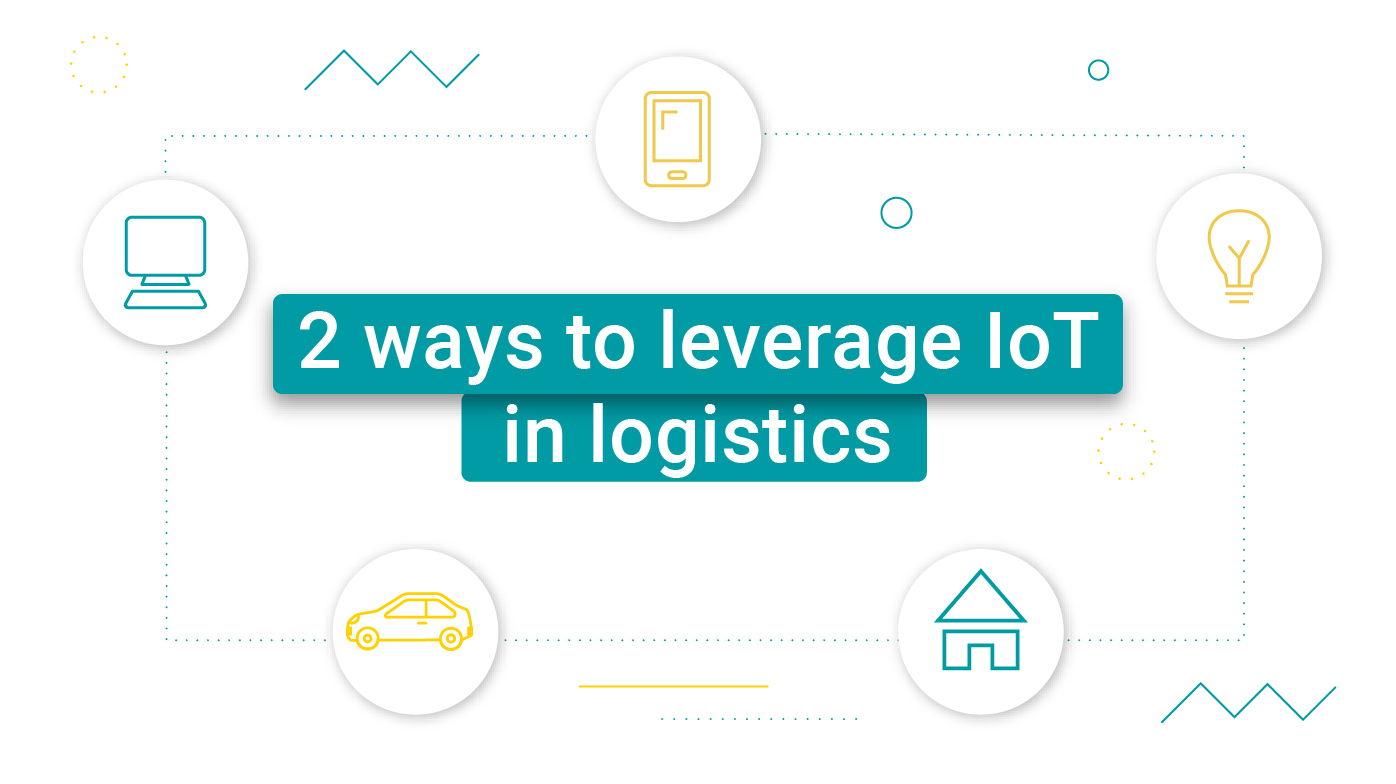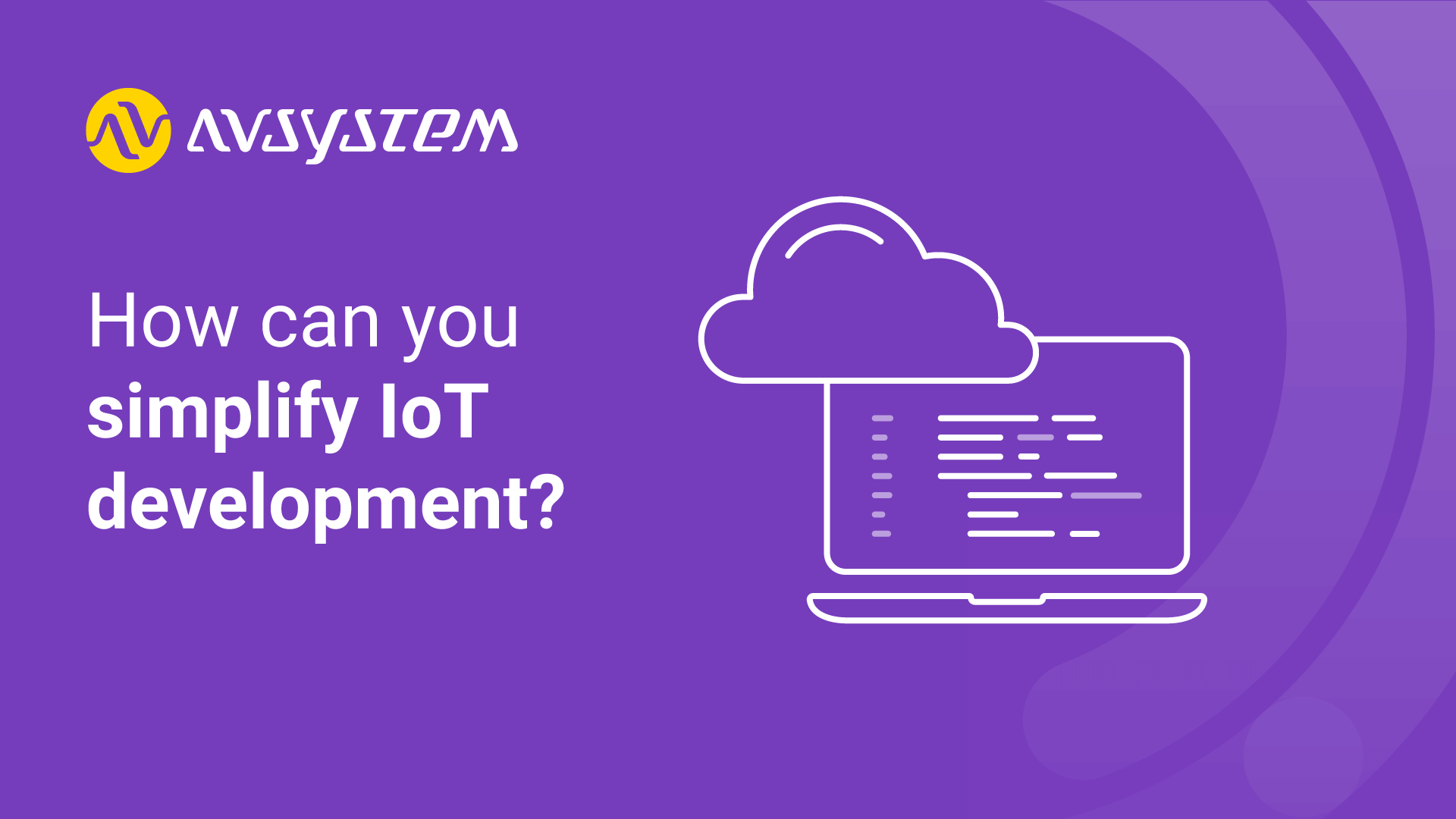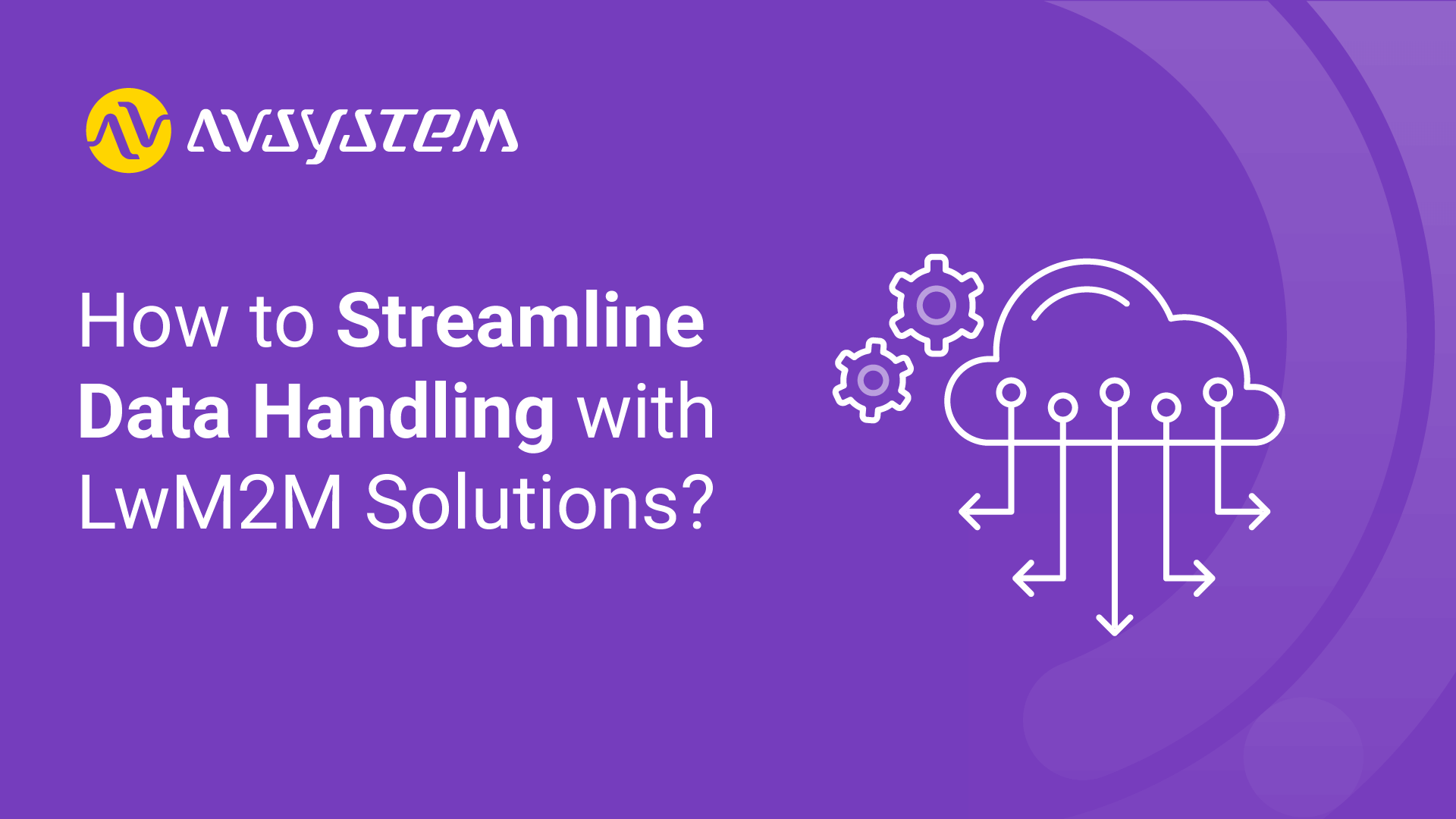IoT in logistics: 2 ways to drive greater efficiency

Logistics is a complex industry, and its many moving parts are not without merit. For shipments to successfully move from one part of the world to another, systems, processes, technology, and people must work in sync. And this is especially important for the future. The global logistics market is set to expand by 4.7% through 2024, according to Research Markets.
While all the right elements may seem to be in place, this industry is not without its fair share of areas for improvement. How do you take an industry as old as time and streamline it?
We believe that IoT is just the solution. It offers a closer look at the moving parts of logistics operations and highlights what can be improved with a more connected ecosystem.
How IoT in logistics can streamline deliveries
IoT offers a degree of agility and insight that currently doesn’t exist in logistics. It can be used to perform tasks that would otherwise need manual intervention, freeing up staff to perform higher-level tasks.
Another advantage IoT offers is deeper insights that provide new ways to optimize logistics. For example, using platforms like Coiote IoT Device Management, enterprises can capitalize on IoT devices. Coiote IoT Device Management enables ops teams to deploy new IoT solutions and identify issues faster using open standards, such as Lightweight M2M. This allows for a more scalable approach to device lifecycle management, especially in busy logistic operations.
Here’s a closer look at two ways IoT can help improve logistics operations.

Streamlining shipment tracking
Tracking shipments is largely a manual process with people involved at each checkpoint to capture data. This approach, while somewhat effective, can be slow and prone to error. To illustrate, we’ll examine a common occurrence of shipments that are tracked outside of the transport system.
As a mechanism for being able to serve a customer, shipments captured outside of the transport system, unfortunately, create an additional workload for staff. In truth, this practice adds more risk to logistics environments that have less optimal processes, such as French carrier CMA CGM. Every time a package is received, it must move through 22 booking changes to be transported.
The carry-on effect can also translate into other admin issues. Inbound Logistics found that invoice errors are common when more people and steps are involved, a problem that leads to more billing disputes. Mistakes by carriers can result in as much as $150,000 a year from invoice mistakes by carriers.
As a solution, cargo can be tracked with IoT tracking devices, making it easier to pinpoint the location of shipments throughout the delivery process. With open-source tools such as Anjay enable this level of flexibility, allowing enterprises to use LwM2M clients on their hardware. This also enhances device capabilities, affording remote management of tracking devices.
IoT tracking devices are also more readily available today, given the expansion of IoT and its many applications. Take the GeoSense RCI and Sensolus geobeacon devices. These are just two of many tracking IoT devices that are easy to set up, and use. Both solutions have battery lifespans of several months.

Achieve IoT project success faster with our expertise.
Speed up your time to market using LwM2M standardization and pre-built integrations for hardware and the cloud.
Improving data capture
Data is king but only as powerful as it can be understood and applied. IoT in logistics can help unearth many previously undiscovered opportunities. For instance, the trickle-down effect of manual, human-based processes and data captured outside of the transport system can result in less critical information captured about the status of a shipment.
And this can lead to considerable loss. In cases where shipments contain sensitive cargo that must be maintained at specific temperatures, should this kind of cargo go unnoticed, it could end up exposed to the elements and spoil.
IoT platforms like Coiote IoT Application Enablement are constantly capturing data. It can be used in conjunction with sensors and connected devices that can perform a variety of functions. In cases where cargo must be kept cool at a specific temperature, remote access and powerful data orchestration capabilities provide a chance to monitor cargo temperature and control it.
As IoT in logistics also relies on accurate readings of the location and history of where a shipment has been, this data can be used to improve operations. AI and Machine Learning are mainstream and capable of producing faster and accurate models that produce greater efficiency. Enterprises can start comparing the costs of shipping options from different locations and even determine wear and tear to transport vehicles.

Leveraging IoT in logistics also offers the chance to improve operational efficiency by developing better processes for collecting cargo. Clients often require booking time windows for pickups and deliveries. Legacy platforms can capture shipment dimensions and weights but can’t accurately account for loading capacity in delivery vehicles or which items should be collected all at once to meet SLAs.
IoT platforms can be used to optimize transportation vehicle usage and pickup and delivery times. By crunching more data, enterprises can identify optimal transport and routes, lessen their carbon footprint, and deliver better service to their customers.
IoT has much to offer
IoT in logistics provides a clearer view of operations. With access to affordable tracking devices and sensors and IoT platforms, all forms of cargo have a better chance of reaching their destination and providing timely insights that can be turned into more efficient processes.
Recommended posts
- How can you effectively tackle the challenges of IoT development?
- IoT communication protocols explained [with measurements for NB-IoT]
- How to Streamline Data Handling with LwM2M Solutions?
Subscribe to stay in the loop with all our latest content:
Recommended posts


![IoT communication protocols [with measurements for NB-IoT]](/media/avssite/news/Communication-Protocols-Comparison_cover_new.png)
